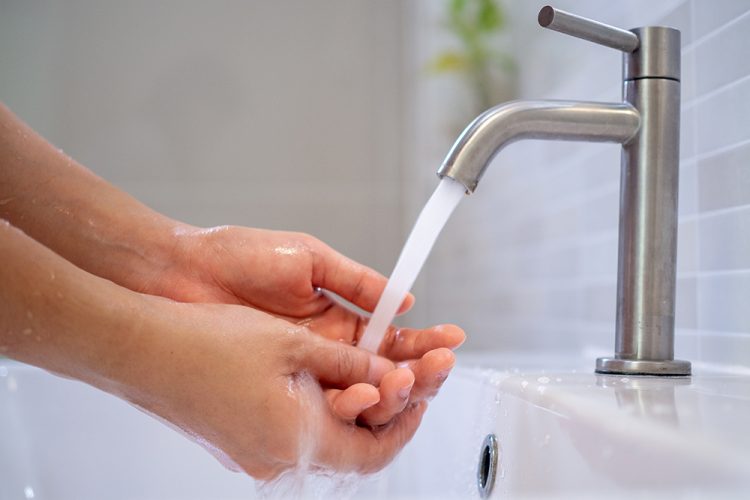In most countries, tap water supplied to our homes are regulated and are required to meet the drinking water standards. Ideally, tap water is safe to consume as it meets the standards that are typically involved in the limit allowance of turbidity, hardness, chemical and etc.
In most cases, the water that leaves the water treatment plant is clean; however, this water may need to travel through a few hundred kilometres of pipes before it reaches you.
Burst water pipes or leakages are one of the ways where bacteria contamination can happen. Rust and lead from ageing pipes can add harmful contaminants to the water supply while it’s being transported to our homes. Chemicals, such as chlorine, are commonly used to treat water and ensure that the microbiological contaminants are well under control. Therefore, the problem of tap water quality for most consumers is the inability for us to control the quality of the water until it reaches our home.
From recent news such as Flint in the US, where tap water quality was compromised, it is important to know what you can do to improve the quality of your tap water to protect yourself and your loved ones. One way to ensure that is by installing a water system to your home so that you can control the final quality prior to consumption.
However, not all water systems are the same. Therefore, it is really important to be able to differentiate between a water filtration system and water purification system.
A water filtration system consists of mechanical filters that can trap contaminants that do not dissolve in water such as dirt, rust, sand or mud; while a water purification system has the ability to remove both particles that are dissolvable and non-dissolvable, making it a more superior system. These systems normally use reverse osmosis technology to purify the water.

